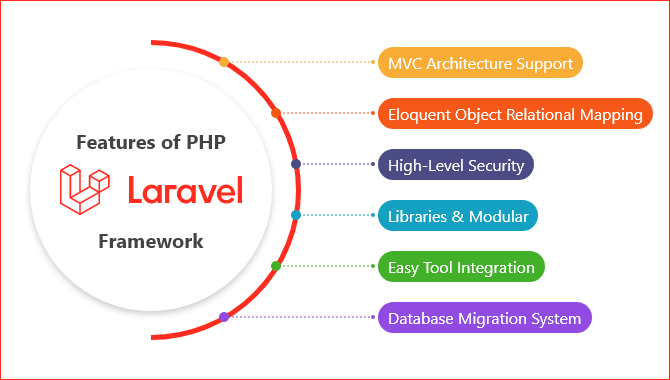

- #LARAVEL SOCIALITE NULLABLE PASSWORD HOW TO#
- #LARAVEL SOCIALITE NULLABLE PASSWORD INSTALL#
- #LARAVEL SOCIALITE NULLABLE PASSWORD CODE#
You'll then want to add your Twitter project's credentials and our callback URL to your config/services.php config file like using the twitter-oauth-2 field like so: return [
#LARAVEL SOCIALITE NULLABLE PASSWORD INSTALL#
To get started with using Socialite, you'll need to install the laravel/socialite package using the following command: composer require laravel/socialite Without the extra permission, you won't be able to view your user's email address. It's also worth noting that if you want access to the user's email address (which you likely will want), you'll need to apply for "Elevated Access" for your project.
#LARAVEL SOCIALITE NULLABLE PASSWORD HOW TO#
įor a more in-depth guide of how to set up the project and app in Twitter, you can check out the Projects documentation on Twitter. For example, if your site is hosted at, you'll want to add the localhost URL and also add. However, you'll need to make sure that you add your live server's URL here too, otherwise it will only work on your local development site. In this particular tutorial, we will be using as our callback URI. When adding your "Callback URI / Redirect URL", you will want to enter the exact URL that your users should be redirected to after allowing access to Twitter (we will cover this in more depth further down). When enabling OAuth for your app, you will likely want to set your "Type of App" as "Web App". If you haven't already registered, you'll need to register and then head to the dashboard to create a new project.Īfter you've created your new project, you'll then need to create a new Twitter app and enable OAuth 2.0 for it.
#LARAVEL SOCIALITE NULLABLE PASSWORD CODE#
Signing in Using Twitter Creating the App in Twitterīefore we touch any code in our Laravel project, we'll first need to set up a new Twitter app over at. If you're interested in finding out what the differences are between the two version, you can check out the Differences Between OAuth 1 and 2 article. In this particular guide, we're going to be using the newer OAuth 2.0 implementation rather than the older OAuth 1.0 implementation. If you've ever seen any sites that say "Sign in with Google", "Sign in with Twitter", etc, then you'll have likely followed an OAuth workflow. Essentially, according to Wikipedia, OAuth ( Open Authorization) is an " open standard for access delegation, commonly used as a way for internet users to grant websites or applications access to their information on other websites but without giving them the passwords".

If you haven't heard of OAuth before, you should still be able to follow this guide thanks to Socialite doing the majority of the heavy lifting for us. There's also a community-driven site called Socialite Providers which provide support for even more OAuth providers such Apple, Instagram, and Dribbble. Socialite is a first-party package provided by the Laravel team that allows you to authenticate with OAuth providers, such as: Twitter, GitHub, GitLab, BitBucket, Facebook, LinkedIn, and Google. What is OAuth and Socialite?īefore we get started, it's worthwhile taking a step back and understanding what Laravel Socialite is and how it works. In this guide, we're going to look at the basics of how you can use Laravel Socialite to allow your users to sign in to your Laravel app using Twitter. But, there may be times when you want to allow users to sign in to your apps using third-party services such as Twitter, GitHub, and Google. In your Laravel applications, you would typically provide the functionality for your users to register and sign in using traditional email and password forms.


 0 kommentar(er)
0 kommentar(er)
